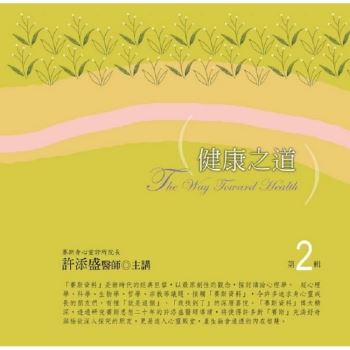有時悲傷意外地來到……
有時悲傷彷彿成了我們身體的一部分……
面對悲傷,你是否不知所措?
有時悲傷彷彿成了我們身體的一部分……
面對悲傷,你是否不知所措?
溫柔陪伴孩子認識情緒,
學習表達和紓解內心感受,並培養正向思考力
孩子打開一扇門,突然發現門外站著一個高高的、沒有特殊形狀,身體顏色有點青白的人形,他是「悲傷」。「有時悲傷意外地來到」——頁面上以手寫字體,寫著這個大家都知道卻又常忽略的事實。
許多繪本試圖討論亂發脾氣的問題,卻很少有書將焦點擺在悲傷這件事。其實任何年齡都可能感到悲傷,當我們感到悲傷、特別是長時間的悲傷時,這種傷心的感覺彷彿成了我們身體的一部分,是一種壓倒性、無形卻又可怕的情緒。
因此在《When Sadness is at Your Door》這本可愛的繪本裡,作者Eva Eland巧妙地將「悲傷」安排成一位訪客,給予他一個形狀或面孔,鼓勵讀者從爬梳情緒的過程中了解自己的內心感受。Eva Eland同時建議小小讀者幾種面對自己悲傷情緒的作法,例如「不要害怕悲傷,可以試著給他一個名字」、「找一些你喜歡做的事,例如繪畫」,或是安靜坐著,甚至是走出戶外散散步。尊重「悲傷」,而不是試著克服它,或是將之視為一種「壞」的感覺,才能避免焦慮,也才是面對悲傷的好辦法。
《When Sadness is at Your Door》教導孩子培養正向思考,提升情感素養,讓孩子學會駕馭情緒新感受,同時也為成人讀者帶來省思。
In the style of Harold and the Purple Crayon comes a picture-book primer in emotional literacy and mindfulness that suggests we approach the feeling of sadness as if it is our guest.
Sadness can be scary and confusing at any age! When we feel sad, especially for long periods of time, it can seem as if the sadness is a part of who we are--an overwhelming, invisible, and scary sensation.
In When Sadness Is at Your Door, Eva Eland brilliantly approaches this feeling as if it is a visitor. She gives it a shape and a face, and encourages the reader to give it a name, all of which helps to demystify it and distinguish it from ourselves. She suggests activities to do with it, like sitting quietly, drawing, and going outside for a walk. The beauty of this approach is in the respect the book has for the feeling, and the absence of a narrative that encourages the reader to "get over" it or indicates that it’s "bad," both of which are anxiety-producing notions.
Simple illustrations that recall the classic style of Crockett Johnson (Harold and the Purple Crayon) invite readers to add their own impressions.
Eva Eland’s debut picture book is a great primer in mindfulness and emotional literacy, perfect for kids navigating these new feelings--and for adult readers tackling the feelings themselves!











